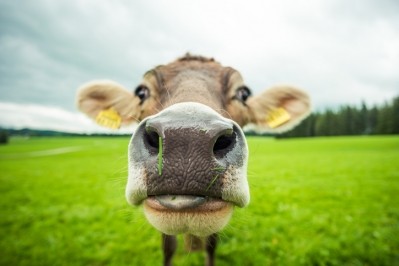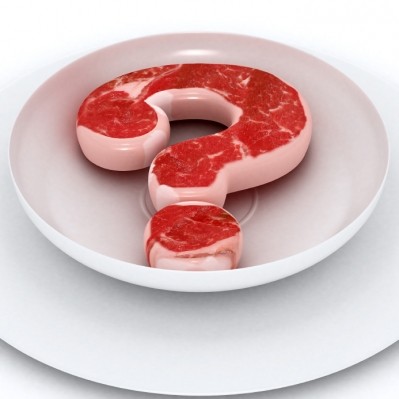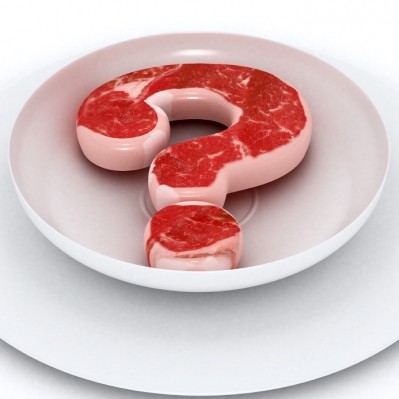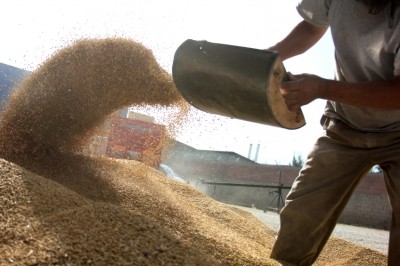CFIA says 2010 BSE probe was robust as it reveals two cases on same farm five years apart
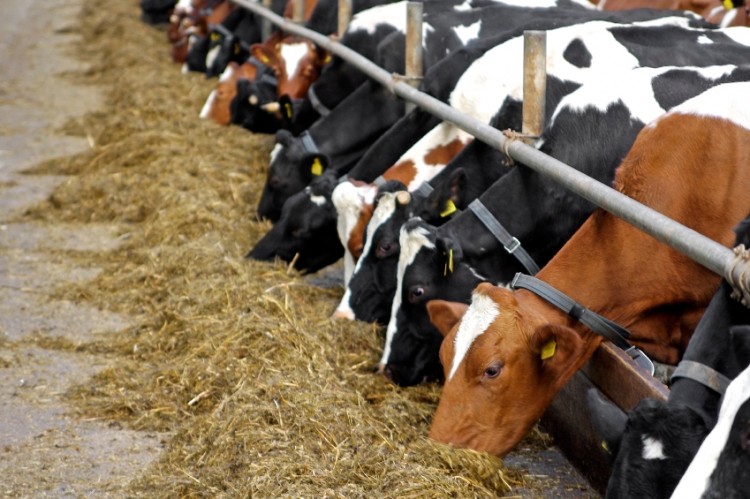
The Canadian Food Inspection Agency (CFIA) confirmed on Friday the cow in the current BSE case was born two years after the implementation of the feed ban - in March 2009 - and on the same farm in Edmonton, northern Alberta as the animal in the February 2010 BSE occurrence.
The agency said it carried out a thorough investigation, compliant with World Organization for Animal Health (OIE) requirements, after the 2010 case to examine the infected animal's background and identify any other animals that were potentially exposed to the same source of contamination.
The CFIA added it “is confident that all animals that may have been exposed to the same feed were identified and controlled at that time.”
Paul Mayers, CFIA vice president of policy and programs, said at last Friday’s briefing:
“We are including in our investigation animals that were born on this farm in the years between these two cases and that may have been potentially exposed to the same feed. Moving forward, our focus is on tracing and determining the status of these animals. The investigation into potential sources of contamination of the feed will continue.”
Residual feed material
Rob McNabb, general manager of the Canadian Cattleman’s Association (CCA), told us he was surprised by the development: "This has never happened in Canada before."
He said it is not unprecedented that feedstuffs from before the 2007 legislation could still be on a farm.
“Given the time of 21 months [birth of cow in latest incident] after the enhanced feed ban was implemented, it is possible that residual feed material could exist, but it would be pure speculation at this time until the investigation being conducted by CFIA reveals the source of the infective material,” he added.
Prohibited material ban
In infected cattle, BSE concentrates in tissues known as specified risk material (SRM). These are removed from all cattle slaughtered for human consumption. To limit BSE spread among cattle, the Canadian government banned most proteins, including SRM, from cattle feed in 1997 and, in 2007, it further tightened that rule, banning SRM from all animal feeds, pet foods and fertilizers.
The CFIA’s report into the 2010 incident found that a commercial feed mill, no longer operating, was identified as having provided several complete feeds for cows, calves and bulls to the case farm between September 2003 and June 2004.
“This facility is known to have used prohibited materials during the time period of interest. It is not possible to rule out that contamination of these products during production or transport could have taken place,” said the Canadian watchdog.
The CFIA investigation also showed that another commercial feed mill known to have provided several medicated and non-medicated feeds including creep, calf and cow rations to the farm in question, also used prohibited material during the time of interest.
“This facility had procedures in place for handling and using prohibited materials. However, some production records for products manufactured between November 2004 and March 2005 were not available and, consequently, it is not possible to rule out that contamination of these products during their production could have taken place.
Review of records associated with a creep feed produced by this facility revealed an incomplete clean out of a truck unloading mechanism between delivery of a hog feed containing prohibited material and the creep feed which was subsequently delivered to the case farm. Record review allowed the remaining products supplied by this facility to be ruled out as a possible source of contamination,” noted the report.
Negligible BSE risk
The CFIA said on Friday that China has joined Belarus, Peru, Taiwan and South Korea in imposing temporary trade restrictions on Canadian beef imports pending the findings of the CFIA investigation into the BSE incident in Alberta.
Indonesia has also suspended imports of non-edible bone meal from Canada.
McNabb said he believes that "we have heard from the markets that are predictable in their reaction and we do not anticipate any further actions at this time. I also expect we’ll begin to see reversal of temporary restrictions as the investigation unfolds and those countries assess our information."
But the latest BSE case will delay Canada's application as a negligible BSE risk country. Under current OIE criteria, Canada will not be able to apply for such status until at least 11 years for the birth date of the most recently born case. However, it remains a controlled BSE risk country.
